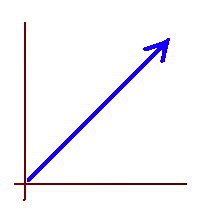An equation has one equal sign.
The equal sign divides the equation into left hand side and right hand side.
The two sides may look totally different from each other as expressions but the equal sign says their numerical value has to be the same.
The fundamental principle of equations says that, when two expressions have the same numerical value, if we apply one operation to both expressions, the resulting expressions after the operation is performed will also be equal in value. They will be equal not to the original expressions, but to each other.
So, if A, B and C are three algebraic expressions, and we have the equation A = B, then all of the following will also be valid equations:
A + C = B + C
A - C = B - C
(A)(C) = (B)(C)
A/C = B/C [provided C is not zero]
A^2 = B^2
Square root of A = Square root of B
This fundamental principle is used over and over to solve equations for specific variables, one step at a time.
For example, in solving for x the equation (3x + 1)/2 = 5y - 4, we can do it like this:
1) Multiply both sides by 2 and we get
3x + 1 = 2(5y - 4)
2) Subtract 1 from both sides and we get
3x = 2(5y - 4) - 1
3) Divide both sides by 3 and we get
x = ( 2(5y - 4) - 1)/3
Now the equation has been solved for x in a series of steps, where each step consists of applying one and the same operation to BOTH sides of the equation.
The fact that the resulting expression for x can be simplified to
x = (10y -9)/3
is not relevant here. I am only illustrating the process we use to isolate x one step at a time by applying the same operation to both sides of the equation.
The following YouTube video from InterAlgebra12 shows several more examples:




No comments:
Post a Comment